America's top airlines keep talking about the 'capacity' crisis. Here's what they're saying
The subject was all over earnings calls this season
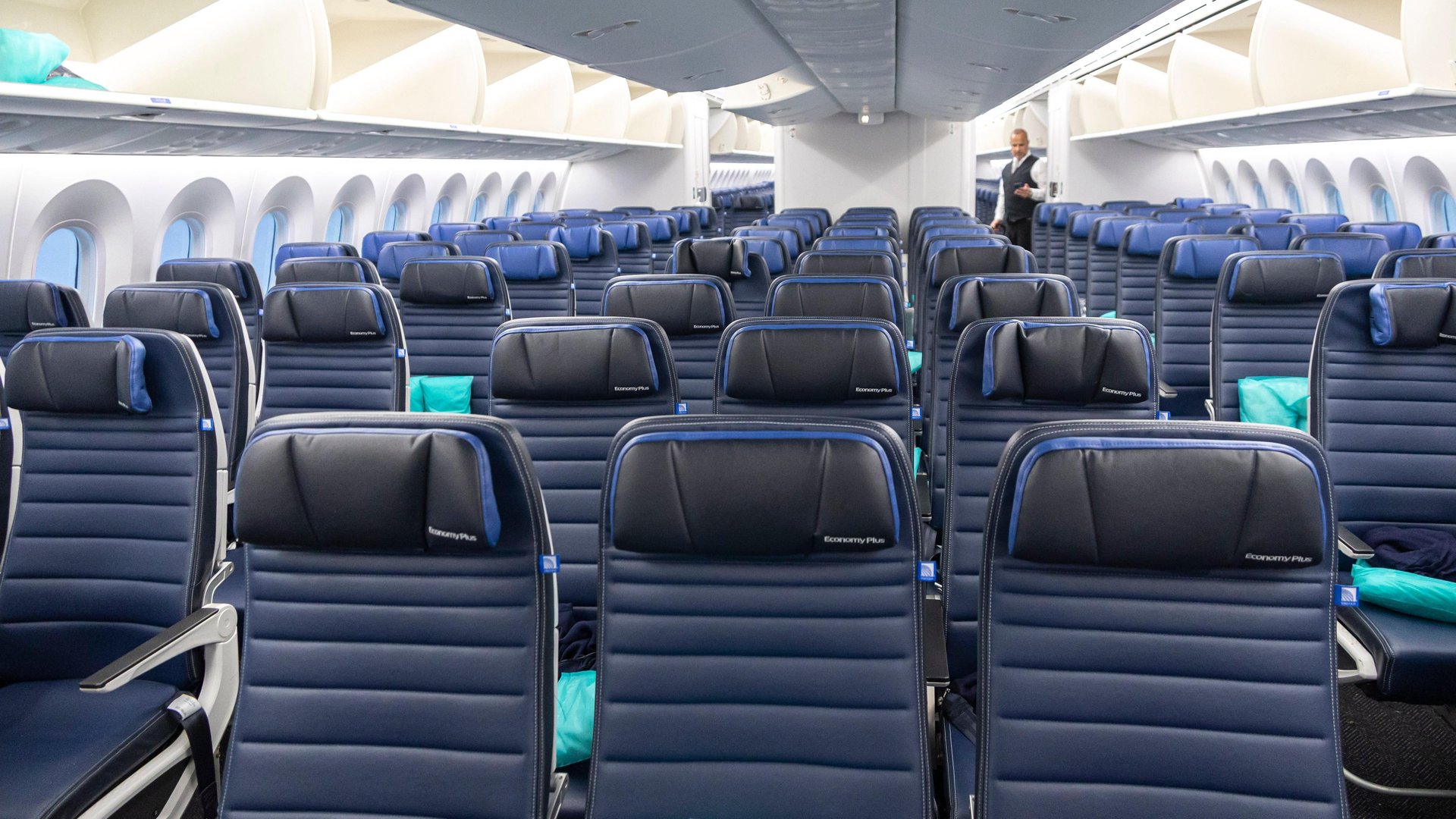
Last month, Deutsche Bank warned investors that America’s airlines would start cutting the number of flights they run and the destinations they serve as supply began to overpower demand and drive down prices.
“This past week we observed one of the industry’s largest week-over-week capacity reductions as carriers removed almost a point of growth from December quarter schedules,” Michael Linenberg, an analyst at the bank covering airlines, wrote in a note to clients after he and his team realized that year-over-year growth in the number of expected “available seat miles” — space for one passenger to be flown one mile — fell nearly a full point to 4% from 4.8% for the last quarter of the year.
Check out what America’s 10 largest airlines are saying about the issue.
2 / 11
Hawaiian Airlines
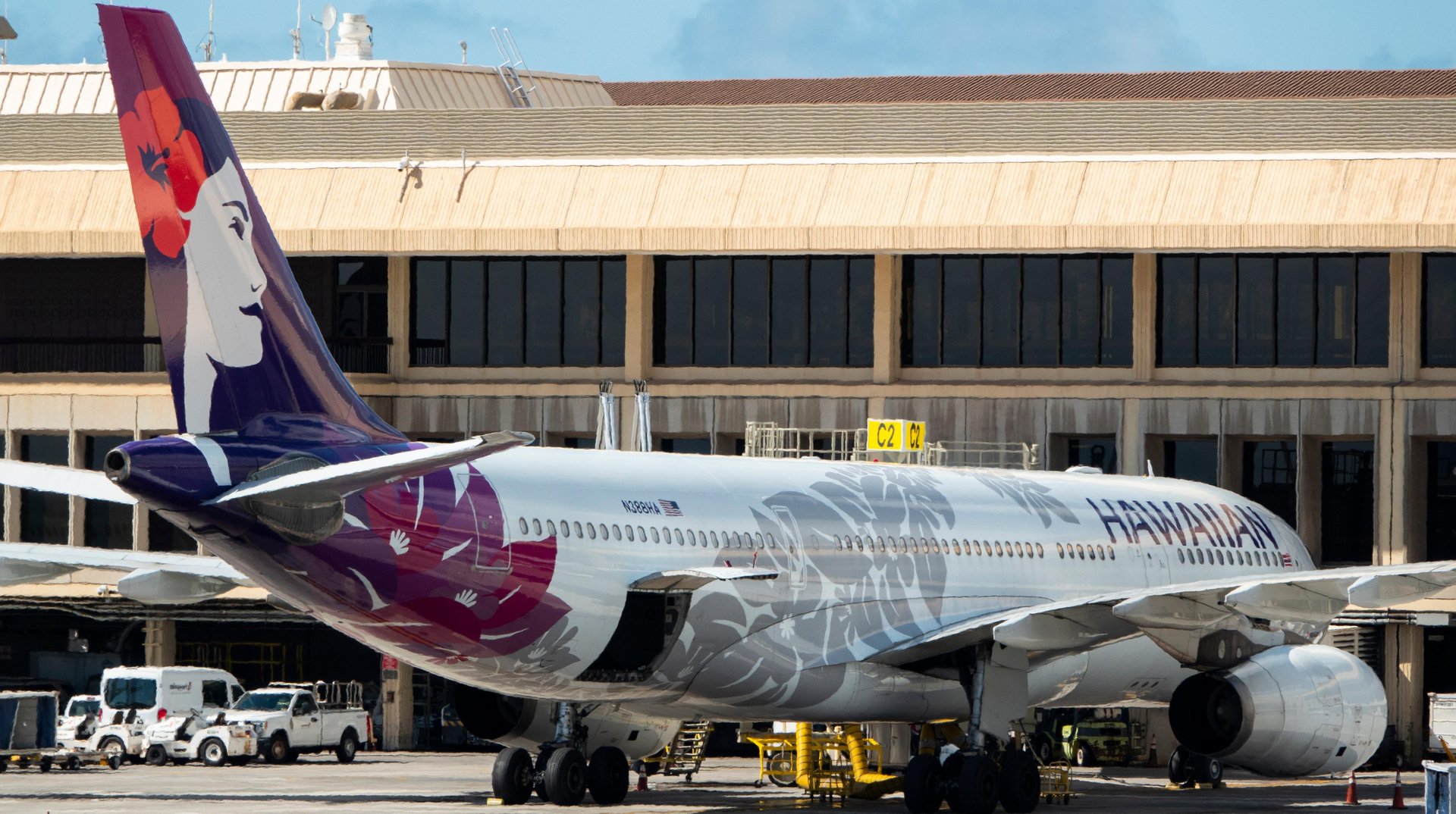
On the company’s July 30 earnings call, chief revenue officer Brent Overbeek said that second-quarter revenues were steady. But trouble looms on the horizon.
“For the third quarter, we expect overall system [revenue per available seat mile] to be down about 3% year-over-year on capacity growth of about 7%,” he said. “We are seeing discounting as well. We’re seeing more discounting as supply outstrips demand in both North America and in Japan.”
3 / 11
SkyWest Airlines
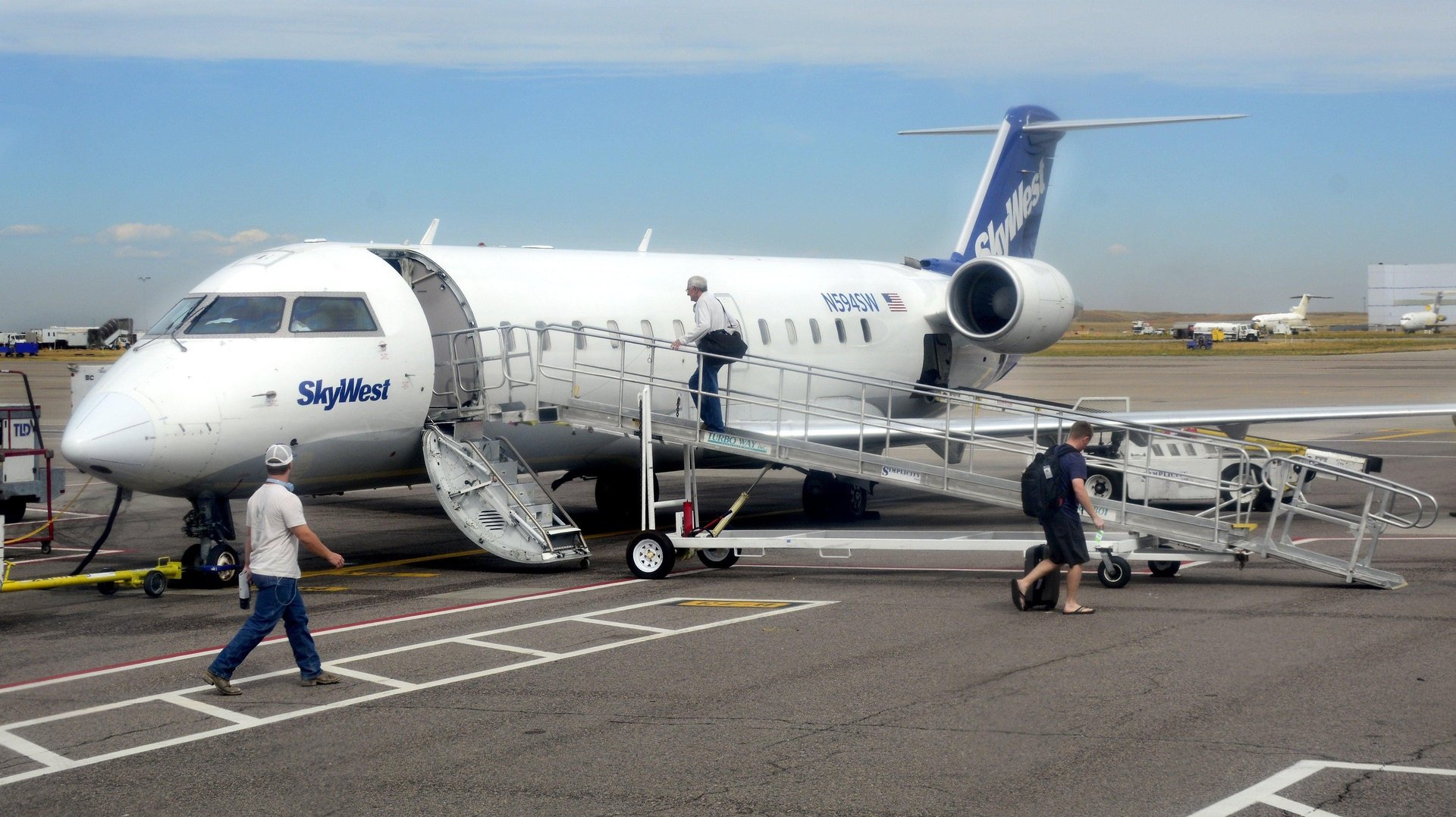
On the company’s July 25 earnings call, CEO Russell Childs said that other airlines’ pain might be SkyWest’s gain.
“We see significant demand for regional lift nationwide, particularly as the industry works to rightsize capacity,” he said. “With the very strong demand for our product and the strong opportunity in small and underserved markets, we do expect maintenance expense to increase in the coming year as we increase utilization and return aircraft to service.”
4 / 11
Frontier Airlines

On the company’s August 8 earnings call, CEO Barry Biffle said that Frontier is rearranging its calendar among other maneuvers in order to work around flagging demand.
“To mitigate excess industry capacity headwinds, we quickly responded by adjusting our post-summer capacity to focus on peak days of the week, which we believe will drive [revenue per available seat mile] improvement and ultimately margin growth in our business,” he said.
5 / 11
JetBlue Airways
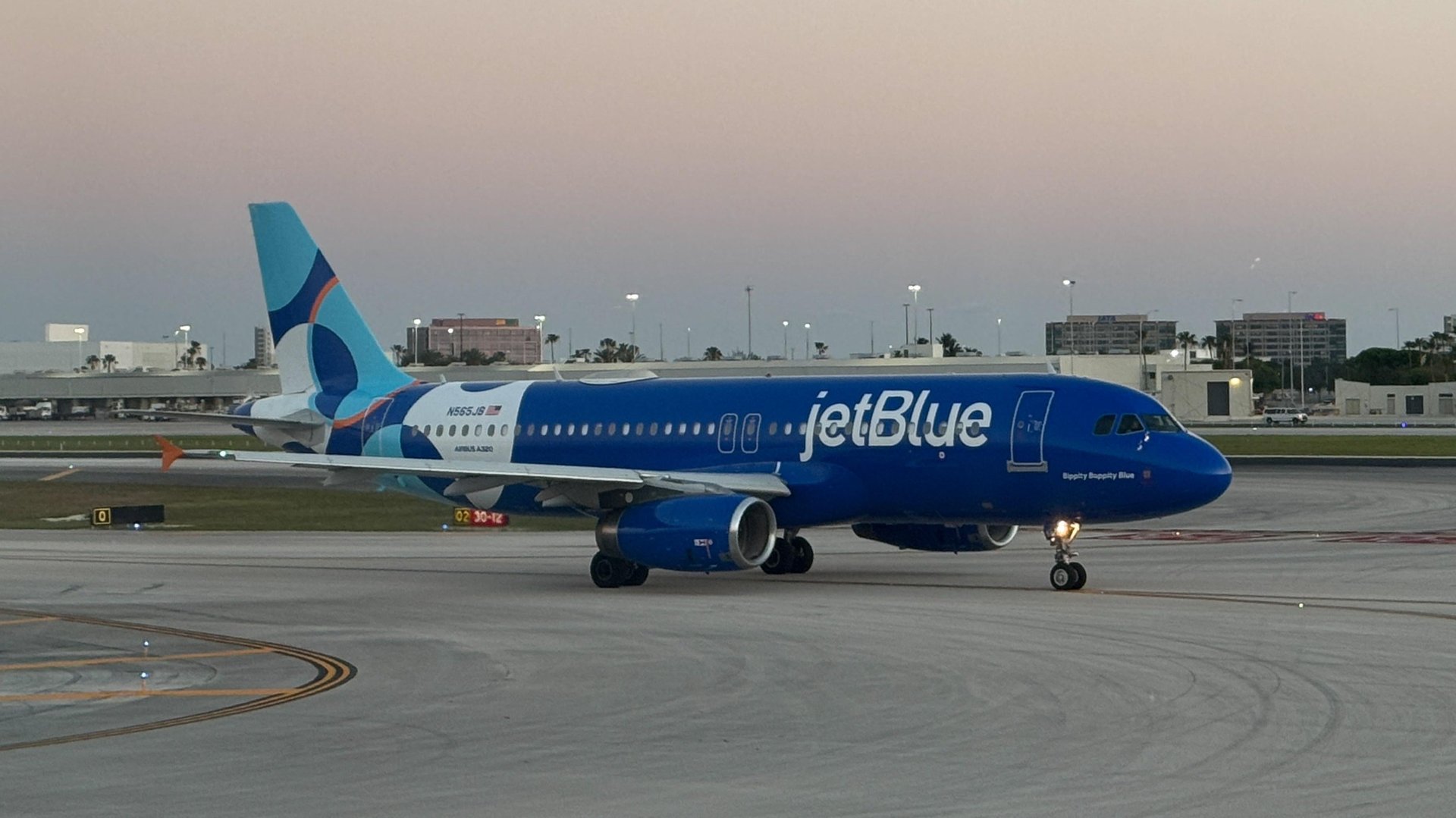
On the company’s July 30 earnings call, president Martin St. George had both a diagnosis and prognosis for the industry’s ills.
“I think the real news as far as what’s happening with demand is actually supply, which as we called out in the last earnings call where supply had gotten a little bit misaligned with where demand was,” he said. “And I said at the time, ultimately, water seeks its own level, and we will eventually have supply get back to more equilibrium.”
6 / 11
Spirit Airlines
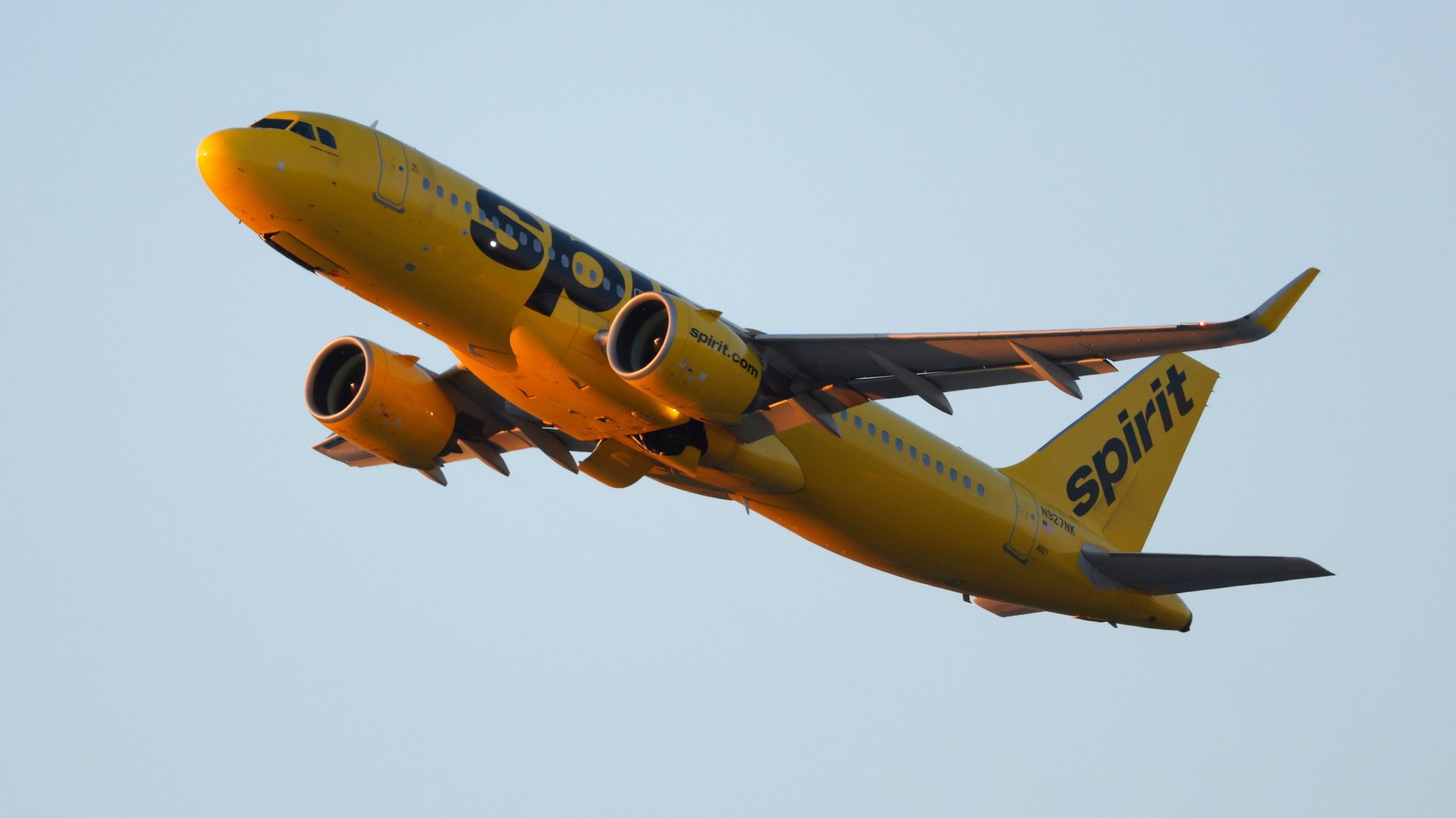
On the company’s August 1 earnings call, chief commercial officer Matthew Klein said that Spirit hasn’t been able to cut flights fast enough to deal with price pressures.
“In the third quarter of this year, as compared to the third quarter last year, we will have suspended 42 routes and introduced 77 new ones,” he said. “Unfortunately, as we sit here today, the benefit of these changes is muted by an oversupply of industry capacity for the existing level of leisure demand. This phenomenon is exacerbated as we move into the off-peak period for the fall travel season, which begins around mid-August, when many schools go back into session.”
7 / 11
Alaska Airlines
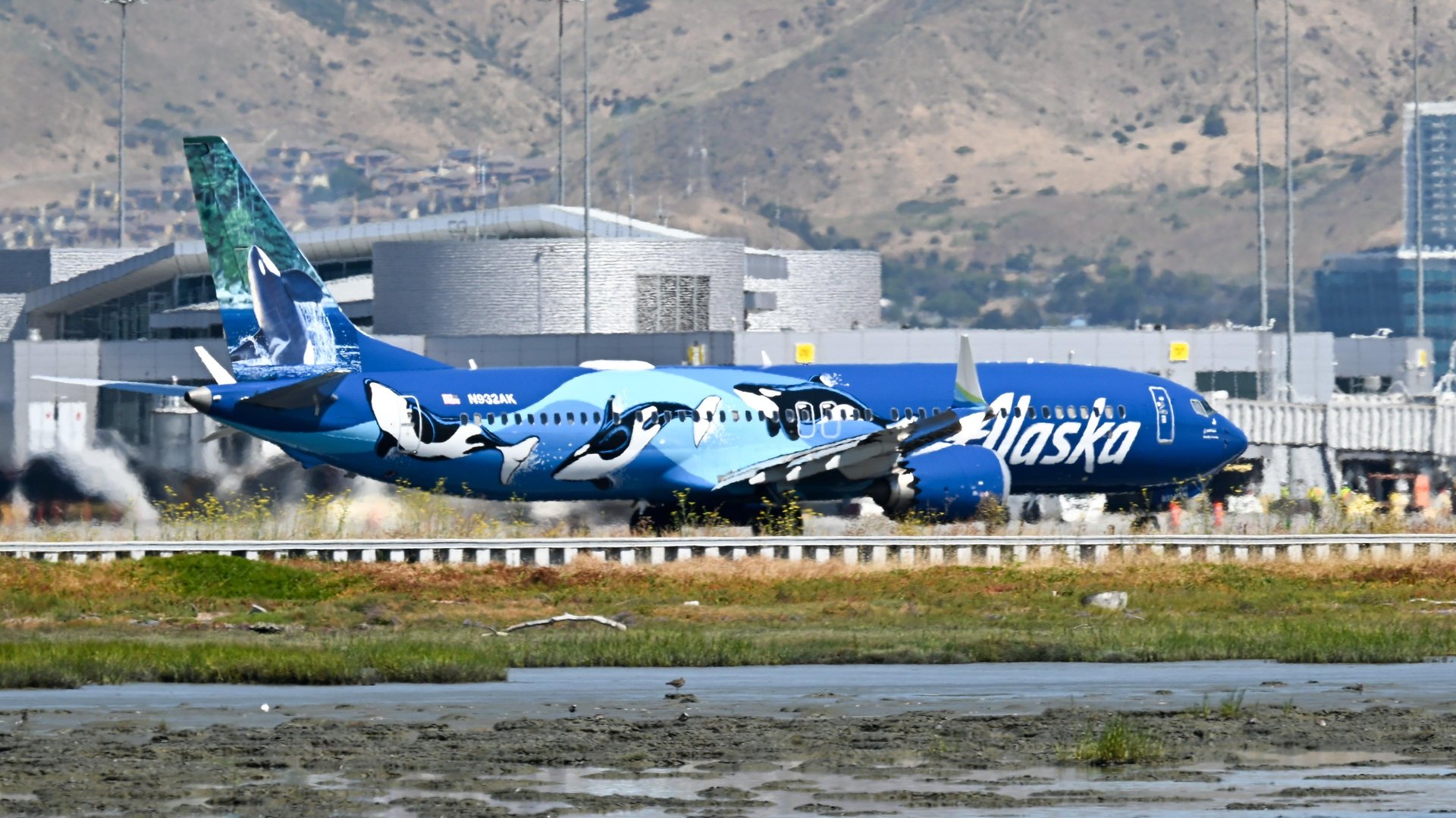
On the company’s July 18 earnings call, chief commercial officer Andrew Harrison said that the industry may have seen its packed revenge-travel flights and gotten greedy.
“Throughout the quarter unit revenues moderated as our and industry capacity reached peak growth in the month of June,” he said. “Load factors also increased sequentially, reaching 87% in June. Our 84% load factor for the quarter, below the records of the past two years, saw outsized impacts from regions with double-digit capacity additions that pressurized both yields and loads more than originally anticipated.”
8 / 11
United Airlines
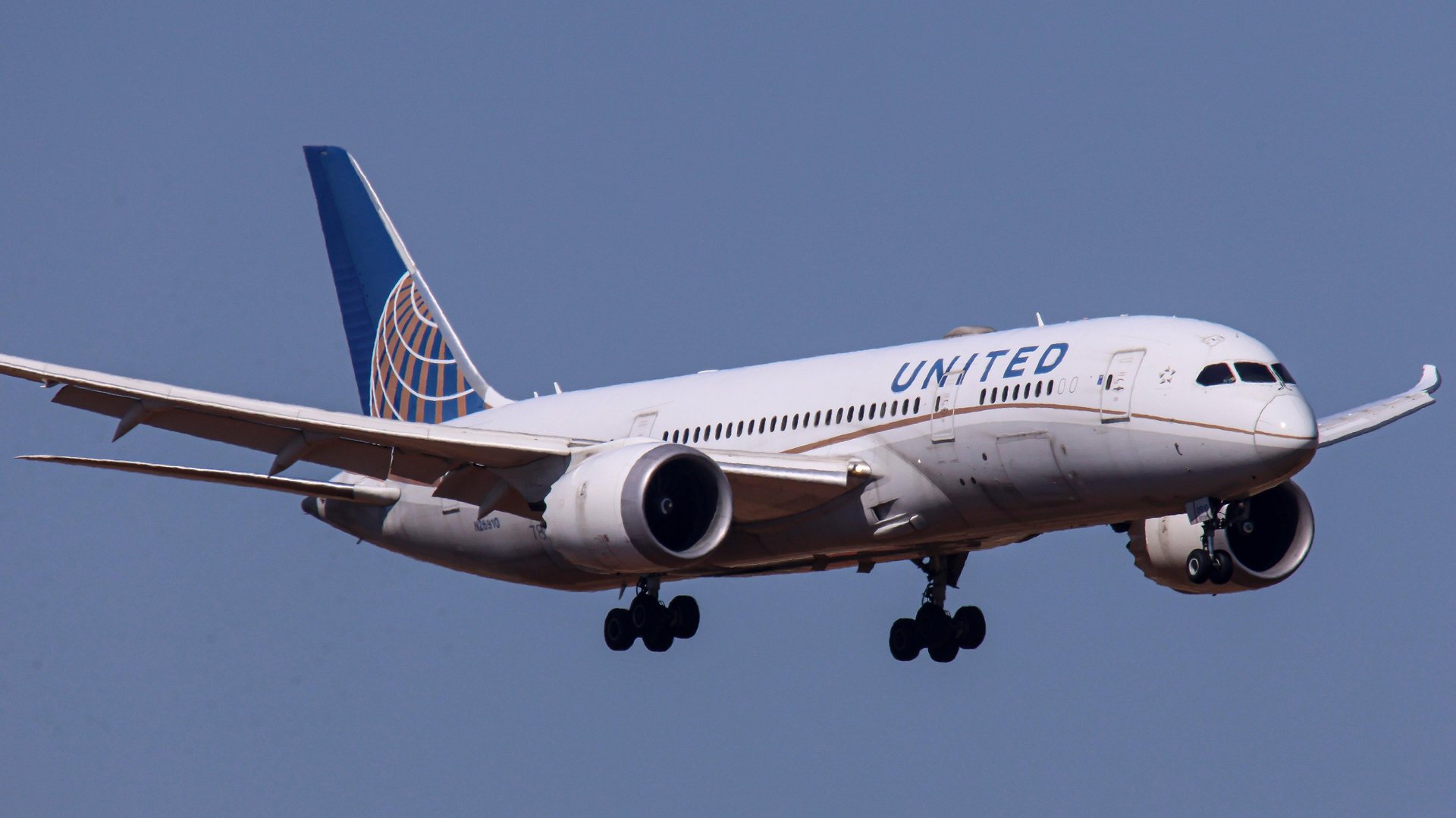
On the company’s July 18 earnings call, CEO Scott Kirby said that his peers should have seen all this coming.
“While this is a quarter where industry capacity growth exceeded still-solid demand, it was also a quarter that continued to show the industry developing along the lines that we’ve been anticipating for the past couple years,” he said. “The pressure other U.S. airlines are experiencing today is due in large part to their unprofitable flying in many domestic markets. It was always inevitable that carriers would begin to cancel this unprofitable flying, and you see that happening in earnest in the second half of August in the schedules.”
9 / 11
Southwest Airlines
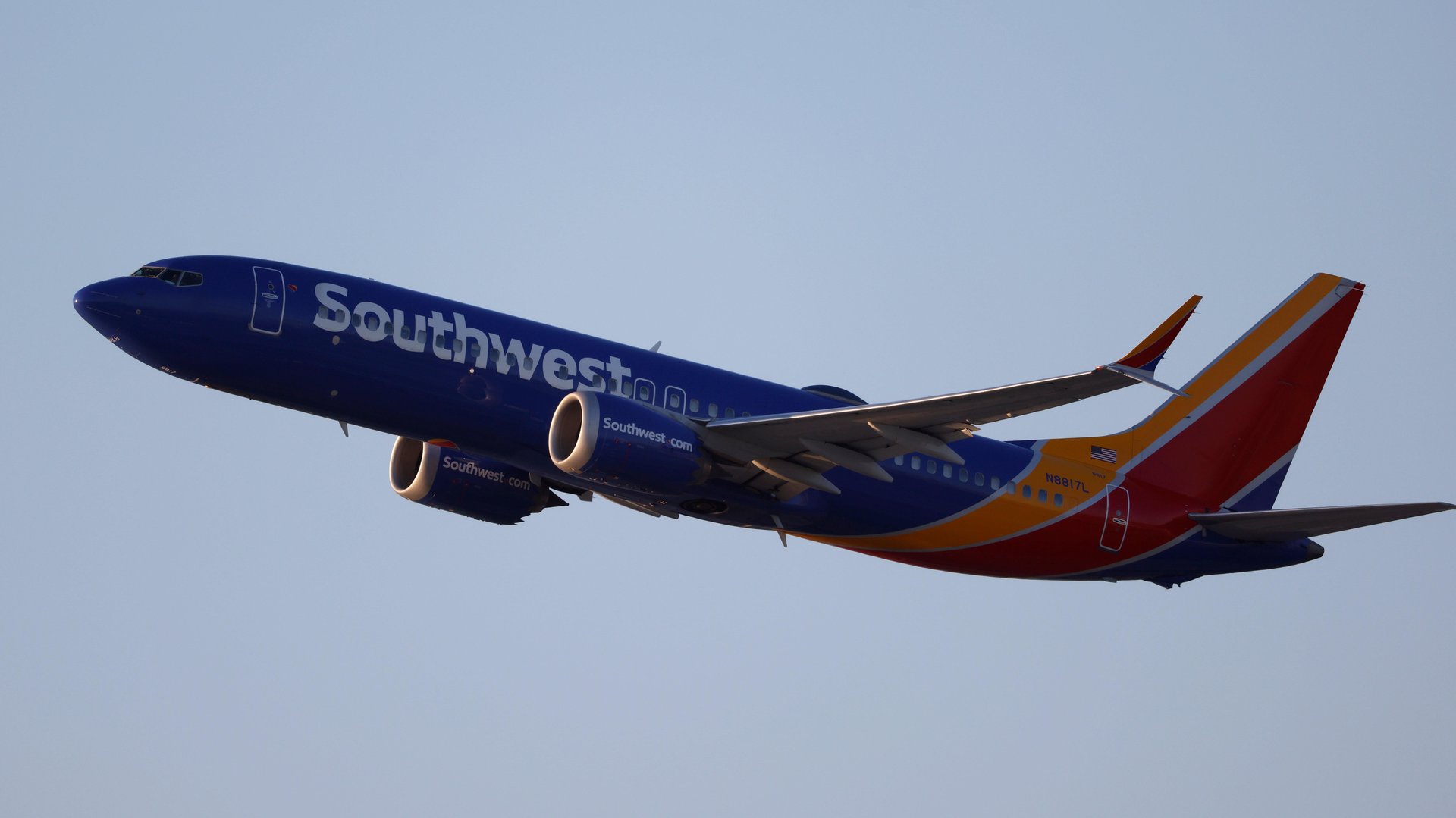
On the company’s July 25 earnings call, chief operating officer Andrew Watterson said that things aren’t bad all over.
“We’re seeing, I think, business travel actually grow faster than capacity, both in Q1 and Q2,” he said. “So you do see that part of the economy going well. It’s just, I think there’s some choppiness with regards to off-peak times and how much leisure spending is going on there. That was a characteristic of COVID, where people would more frequently take off-time trips for leisure reasons, and there’s less of that now.”
10 / 11
American Airlines
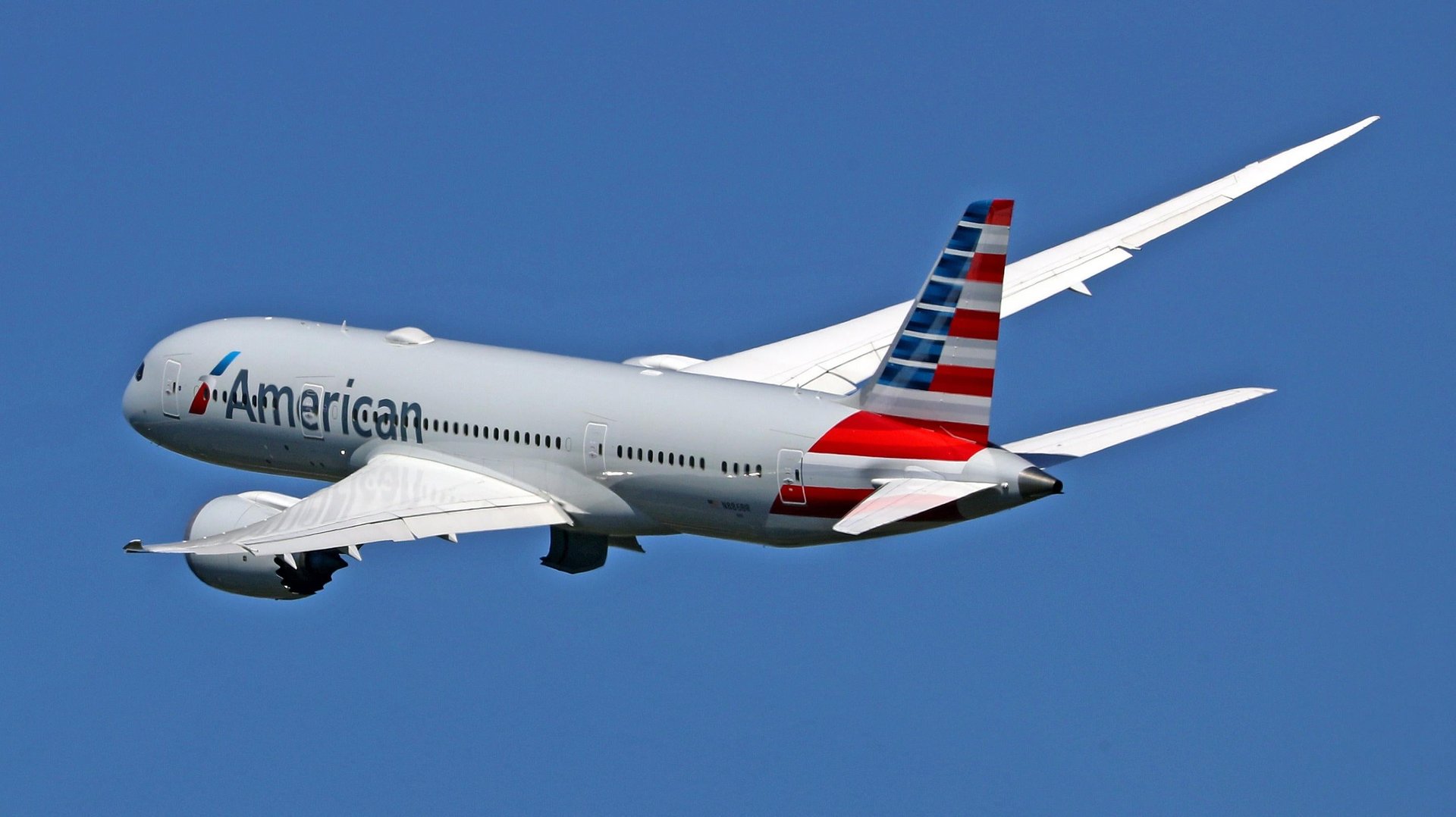
On the company’s July 25 earnings call, CEO Robert Isom said that airlines’ patience will be tested.
“We all know that there’s a supply and demand imbalance,” he said. “And we’re taking swift action to make sure that we are reducing our planned capacity growth in the back half of the year, but it’s still a murky environment from that perspective, and we’re going to have see where the industry settles.”
11 / 11
Delta Air Lines
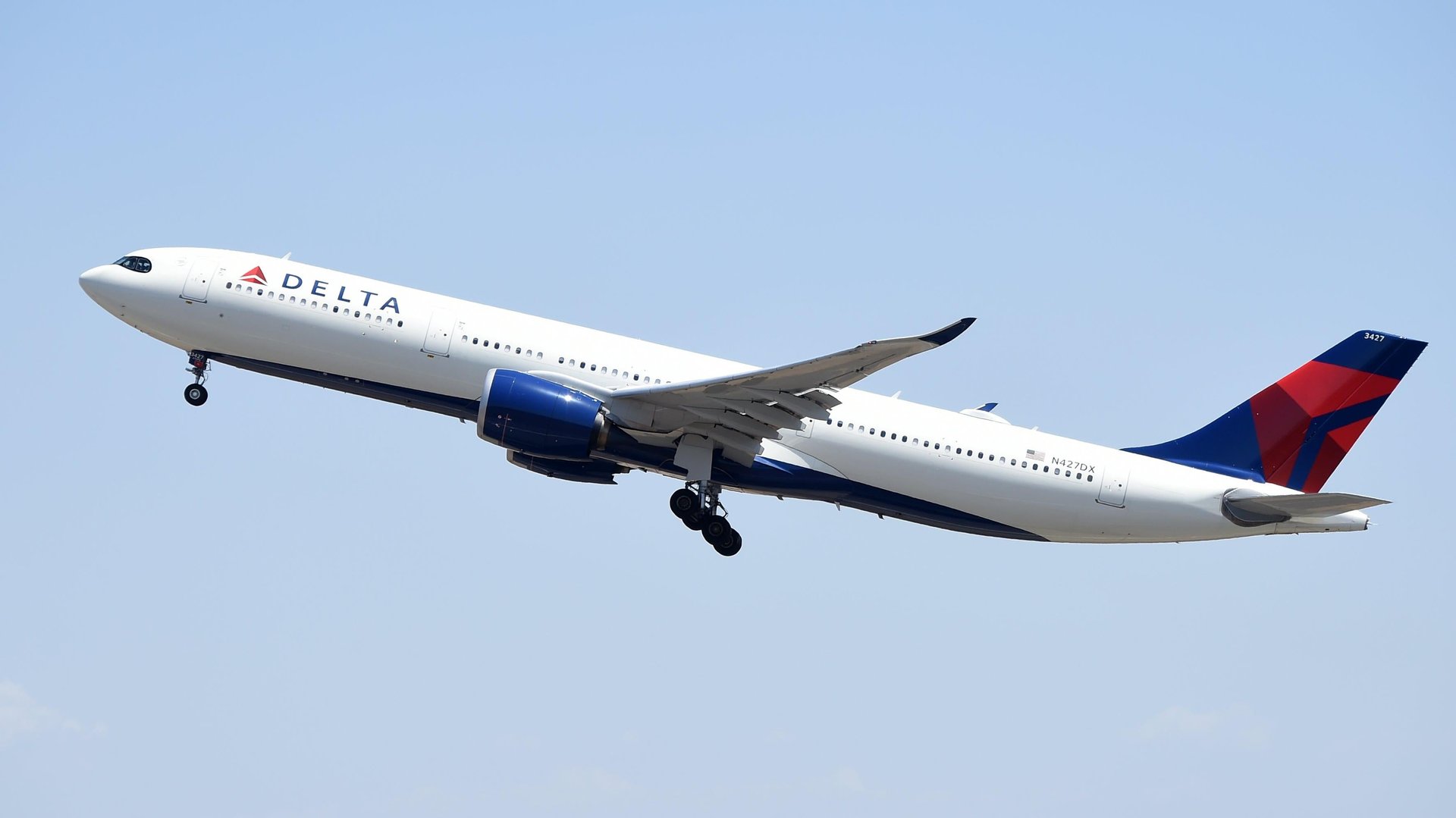
On the company’s July 11 earnings call, president Glen Hauenstein said that this kind of thing just happens in the industry sometimes.
“Listen, this is an industry that’s always challenging itself for how much capacity can it be in the marketplace, he said. “I’ve been doing this for 40 years, and I’ve never seen the industry react so quickly to an oversupply.”
He added, “We’ve really only been in an oversupply situation for a couple of months here, and the industry’s already reacted. I think that’s very different than it was years ago, where it would stay for prolonged periods of time, so I’m really excited about how the industry is behaving at this point.”